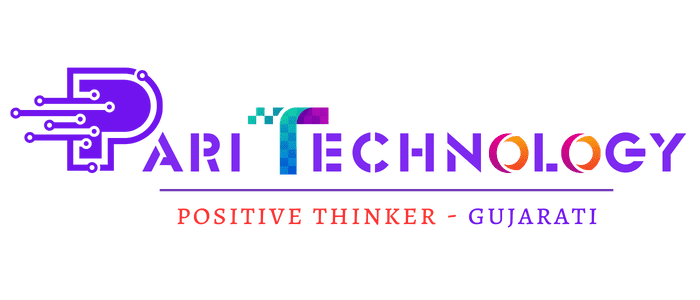1- Interactive UI Animations. UI Animations are becoming the latest web design trend. UI Animations are interactive web animations that tell a digital story. These animations are become more and more popular due to the feedback of the average user.
In modern web design, UI (User Interface) web animation has become an essential tool to improve user experience, guide interactions, and make websites more engaging. From subtle hover effects to dynamic page transitions, animations add life to a digital interface and help brands connect with their audience more effectively.
What is UI Web Animation?
UI web animation refers to the use of motion, transitions, and effects within a website’s user interface. Unlike static design elements, animations provide feedback, draw attention, and improve navigation flow. When applied strategically, they enhance usability without overwhelming the user.
Why UI Animation is Important in Web Design
- Enhances User Engagement – Moving elements capture attention and make the browsing experience enjoyable.
- Improves Navigation – Animations guide users smoothly through different sections of a site.
- Provides Feedback – Micro-animations (like button effects or loading indicators) confirm user actions.
- Strengthens Branding – Unique animations can reflect brand personality and create memorable experiences.
- Boosts Conversions – Interactive animations highlight CTAs (Call-to-Actions) and encourage clicks.
Types of UI Web Animations
1. Micro-Interactions
Small animations like button hover effects, form validations, and toggle switches that provide instant feedback.
2. Loading Animations
Spinners, progress bars, and skeleton screens keep users engaged while content loads.
3. Page Transitions
Smooth effects when switching between pages or sections, creating a seamless browsing flow.
4. Scrolling Animations
Parallax effects, fade-ins, and motion triggered as the user scrolls down a page.
5. Hover Effects
Animations on buttons, images, or links that react when a user hovers over them.
6. Animated Backgrounds
Subtle moving patterns, gradients, or videos in the background to add depth and style.
7. Navigation Animations
Animated menus, dropdowns, and sticky headers improve interactivity and usability.
Tools & Technologies for UI Web Animation
- CSS3 Animations & Transitions – Lightweight animations for hover effects, fades, and slides.
- JavaScript & jQuery – For dynamic interactions and complex animations.
- GSAP (GreenSock Animation Platform) – A popular JavaScript library for smooth, performance-optimized animations.
- Lottie – JSON-based animations that integrate easily with web and mobile apps.
- Framer Motion – For creating advanced, interactive animations in React-based projects.
Best Practices for UI Web Animation
- Keep animations subtle and purposeful, not distracting.
- Use animations to guide user actions, not just for decoration.
- Ensure animations are lightweight to avoid slowing down site performance.
- Optimize for mobile devices to provide a consistent experience across platforms.
- Maintain brand consistency with animation style and tone.
Final Thoughts
UI web animation is more than just adding movement to a website—it’s about improving usability, storytelling, and brand engagement. When done right, animations create a smooth and interactive journey that keeps users hooked and encourages them to take action.As web design continues to evolve, incorporating modern UI animations is becoming a standard practice for businesses that want to stand out and deliver exceptional digital experiences.




